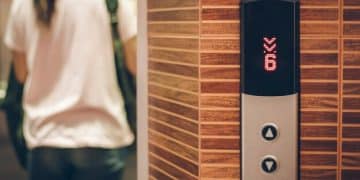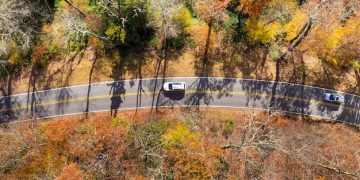Hidden Cameras in Rentals: 7 Detection Tips for Your Safety
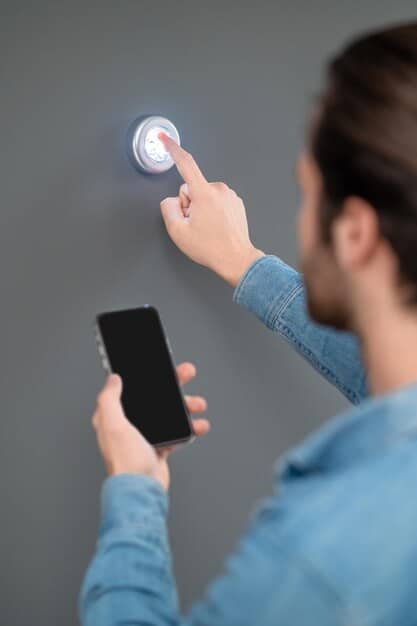
Discovering hidden cameras in vacation rentals is crucial for privacy and safety; learn seven effective methods to detect them.
Renting a vacation home should be a relaxing experience, but the thought of hidden surveillance can be unsettling. Learning how to detect hidden surveillance: 7 ways to detect hidden cameras in your vacation rental can empower you to ensure your privacy and safety.
Understand the Threat of Hidden Cameras
The increasing popularity of vacation rentals has also brought a parallel rise in concerns about hidden cameras. Understanding the potential risks and where cameras are commonly hidden is the first step towards protecting your privacy.
Why Hidden Cameras Are a Concern
Hidden cameras pose a threat to privacy, as they can capture intimate moments without your consent. This data can be misused, shared online, or even used for blackmail.
Common Locations for Hidden Cameras
- Smoke Detectors: Easy to conceal a camera within.
- Clocks: A common and inconspicuous hiding spot.
- Electrical Outlets: Can be modified to house a camera.
- Decorations: Stuffed animals, picture frames, and plants.
Being aware of these common hiding spots will make your search more effective, ensuring you cover all the likely areas.
By acknowledging the potential risks and understanding where hidden cameras are commonly placed, you can take proactive steps to safeguard your vacation rental experience. This awareness sets the stage for effective detection methods.
Physical Inspection: Your First Line of Defense
Before settling in, a thorough physical inspection of your rental can reveal many hidden devices. This involves a hands-on approach to check suspicious objects and areas.
Checking Obvious Hiding Places
Start with the most common hiding places. Examine smoke detectors, clocks, and other electronics for any unusual features or placements.
Looking for Unnatural Placements
Pay attention to items that seem out of place or positioned oddly. For example, a picture frame angled towards the bed could be suspicious.
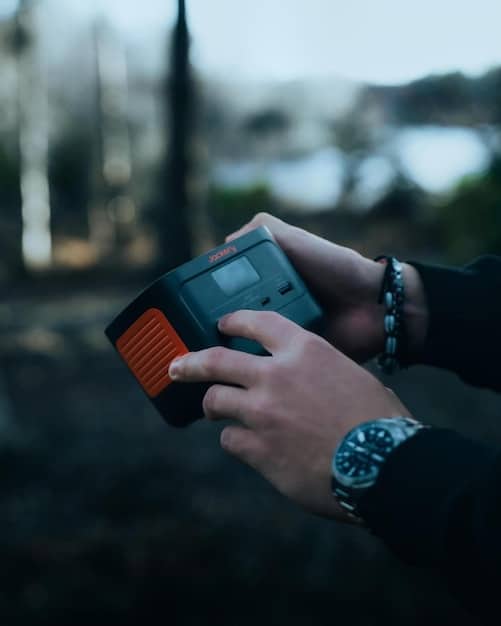
Using Your Senses
Use your senses to detect anomalies. Look for small holes that might house a lens, listen for faint electronic noises, and feel for unusual warmth from objects.
A meticulous physical inspection can often uncover obvious hidden cameras, providing peace of mind or prompting further investigation with more advanced methods. It’s a simple yet effective initial step in ensuring your privacy.
Use a Camera Detection App on Your Smartphone
Smartphone apps can assist in detecting hidden cameras by analyzing the magnetic fields or reflecting light from camera lenses. These apps offer a convenient and quick way to sweep a room.
How Camera Detection Apps Work
These apps use your phone’s magnetometer to detect magnetic fields emitted by electronic devices. Others identify reflective surfaces typical of camera lenses.
Recommended Apps for Camera Detection
- Fing: Scans the network for connected devices, identifying potential cameras.
- Hidden Camera Detector: Uses magnetometer to detect magnetic fields.
- Glint Finder: Uses the phone’s camera to detect reflective lenses.
Limitations of Camera Detection Apps
These apps are not foolproof. Magnetic field detection can be unreliable, and lens detection may produce false positives. Use these apps as a supplementary tool rather than a definitive solution.
While detection apps can be helpful, remember that they have limitations. Combine their use with other methods for a more comprehensive approach to detecting hidden cameras in your vacation rental.
Scan the Wi-Fi Network for Suspicious Devices
Many hidden cameras connect to the Wi-Fi network to transmit data. Scanning the network can reveal unauthorized devices and potential surveillance equipment.
How to Access Your Wi-Fi Router’s Admin Panel
Locate the router’s IP address, usually found on the device itself or in the rental agreement. Enter the IP address into a web browser to access the admin panel, using the default username and password (often “admin” for both).
Identifying Unknown Devices
Once logged in, look for a list of connected devices. Compare the list to your own devices and note any unfamiliar names or IP addresses. These could be hidden cameras.
Using Network Scanning Tools
Tools like Wireshark or Nmap can provide a more detailed analysis of network traffic, identifying hidden devices and their activities. However, these tools require some technical expertise.
Scanning the Wi-Fi network can unveil connected cameras, but it’s important to know your network and devices. Combine this method with physical inspections and app-based detection for a more robust defense against hidden surveillance.
Check for Two-Way Mirrors
Two-way mirrors, also known as one-way mirrors, can hide cameras and allow someone to observe you without your knowledge. Identifying these mirrors is essential for ensuring your privacy.
The Knock Test
Tap on the mirror. A regular mirror will produce a dull thud, while a two-way mirror will sound hollow due to the space behind it.
The Finger Test
Press your finger against the mirror. In a regular mirror, there will be a gap between your finger and its reflection. With a two-way mirror, your finger will appear to touch the reflection directly.
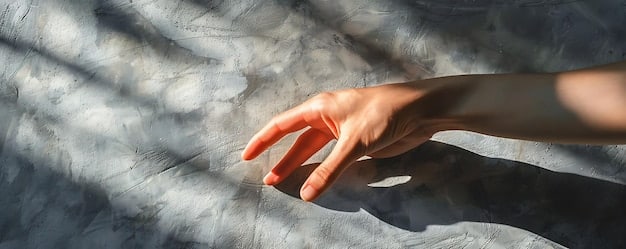
Visual Inspection
Turn off the lights and shine a flashlight against the mirror. If it’s a two-way mirror, you may be able to see into the adjacent room.
Checking for two-way mirrors is a crucial step in ensuring privacy. Use the knock test, finger test, and visual inspection methods to identify these mirrors and potential hidden surveillance.
Look for Unusual Wiring or Electronics
Hidden cameras often require power and a way to transmit data, leading to unusual wiring or electronics. Inspecting these elements can reveal hidden surveillance devices.
Examining Outlets and Power Adapters
Check outlets for extra wires or modifications. Power adapters that seem out of place or larger than necessary could be housing a camera.
Inspecting Electronic Devices
Examine electronic devices like clocks, radios, and lamps for any added lenses or ports. Unnecessary holes or panels may indicate hidden cameras.
Following Wires
Trace any unusual wires to their source. If they lead to a hidden device or an unexpected location, it could be a sign of hidden surveillance.
By examining wiring and electronics, you can uncover hidden cameras that require power and data transmission. This method, combined with physical inspections and network scanning, provides a comprehensive approach to protecting your privacy.
Document and Report Any Suspicious Findings
If you discover a hidden camera or suspect surveillance, it’s important to document the evidence and report it to the appropriate authorities. This protects you and future renters.
Taking Photos and Videos
Document the location and appearance of any suspicious devices with photos and videos. This evidence is crucial for reporting and potential legal action.
Contacting the Rental Host or Company
Inform the rental host or company about your findings. Give them an opportunity to address the issue, but don’t rely solely on their response.
Reporting to the Authorities
Report the discovery to the local police or relevant authorities. Hidden surveillance is illegal, and authorities can investigate and take appropriate action.
Documenting and reporting suspicious findings ensures accountability and helps prevent future privacy violations. This final step is crucial in protecting yourself and others from hidden surveillance in vacation rentals.
| Key Point | Brief Description |
|---|---|
| 🔍 Physical Inspection | Thoroughly check common hiding spots for unusual placements or modifications. |
| 📱 Camera Detection Apps | Use smartphone apps to detect magnetic fields or reflective lenses from hidden cameras. |
| 📡 Wi-Fi Network Scan | Scan the Wi-Fi network for unknown devices that may be hidden cameras. |
| 🪞 Two-Way Mirror Check | Perform knock and finger tests to identify potential two-way mirrors hiding cameras. |
FAQ Section
▼
Checking for hidden cameras is crucial for protecting your privacy and security. Undisclosed surveillance can lead to misuse of personal information and violation of privacy rights.
▼
Common hiding spots include smoke detectors, clocks, electrical outlets, decorations, and other everyday objects that can easily conceal a camera lens and recording equipment.
▼
Camera detection apps use the phone’s magnetometer to detect magnetic fields emitted by cameras, while others identify reflective surfaces typical of lenses using the phone’s camera.
▼
Document the findings with photos and videos, inform the rental host or company, and report the discovery to the local police. Providing evidence is essential for investigation.
▼
Use the knock and finger tests. A two-way mirror sounds hollow when tapped and shows no gap between your finger and its reflection, unlike a regular mirror.
Conclusion
Taking proactive steps to detect hidden cameras in your vacation rentals is essential for protecting your privacy and ensuring a safe, comfortable stay. By combining physical inspections, technology, and vigilance, you can safeguard your personal space and enjoy peace of mind throughout your travels.
